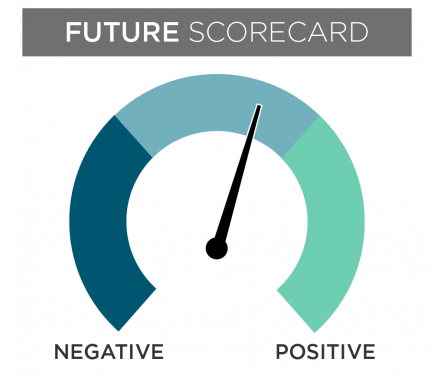October Monthly Economic Dashboard
Current Situation
Economic activity continues to expand, albeit at a slower pace than over the past year. Job gains, while constrained by a workforce still well below its pre-Covid level, continue to be solid and faster wage growth is supporting consumer spending despite lingering virus concerns. The business sector is expanding, too, although widespread supply issues and lack of workers are holding back growth across many sectors. The Fed is inching closer to tapering their asset purchases (and perhaps tightening policy) which has helped to push up long-term interest rates.


Future Outlook
Global supply chain disruptions and transportation delays could linger into 2022, keeping costs elevated while slowing growth. But these supply chain disruptions should mostly heal next year, allowing for a resumption of above-trend growth and lowering the pace of inflation. Growth should slow after that, as the economy moves toward full resource utilization along with the potential for tax hikes and regulatory policy changes. We continue to expect that the Fed will delay tightening until 2023, but that will depend crucially on inflation cooling in 2022.
The information in this report is provided by Nationwide Economics and is general in nature and not intended as investment or economic advice, or a recommendation to buy or sell any security or adopt any investment strategy. Additionally, it does not take into account any specific investment objectives, tax and financial condition or particular needs of any specific person.
The economic and market forecasts reflect our opinion as of the date of this report and are subject to change without notice. These forecasts show a broad range of possible outcomes. Because they are subject to high levels of uncertainty, they will not reflect actual performance. We obtained certain information from sources deemed reliable, but we do not guarantee its accuracy, completeness or fairness.

